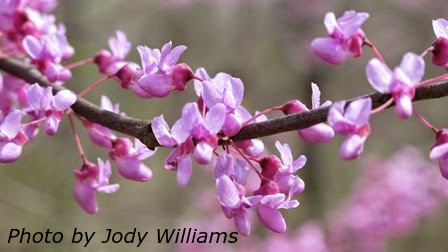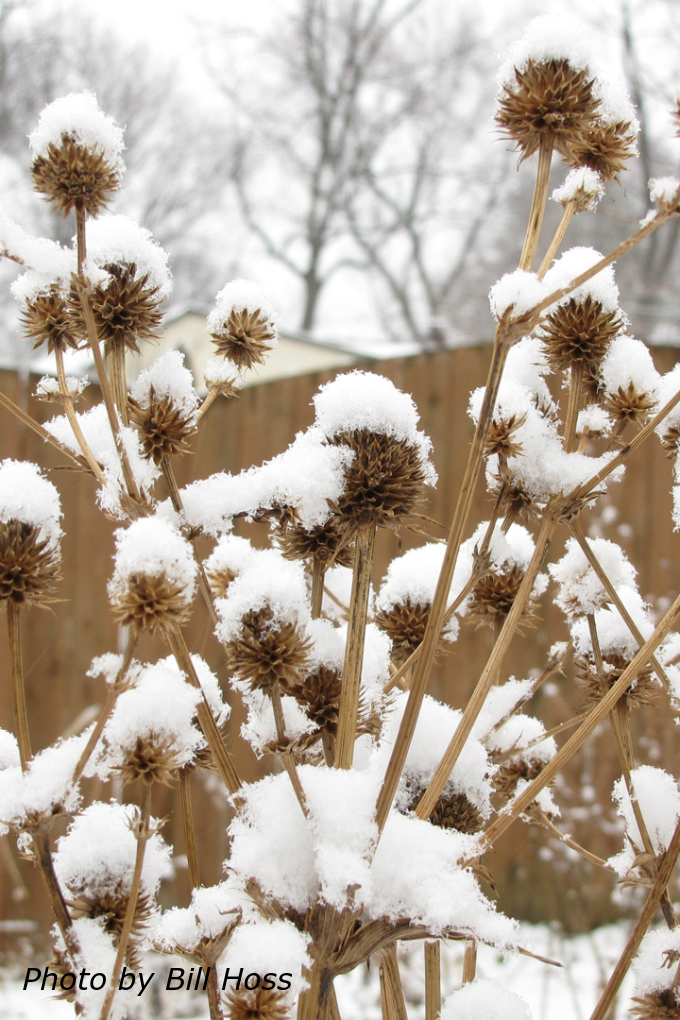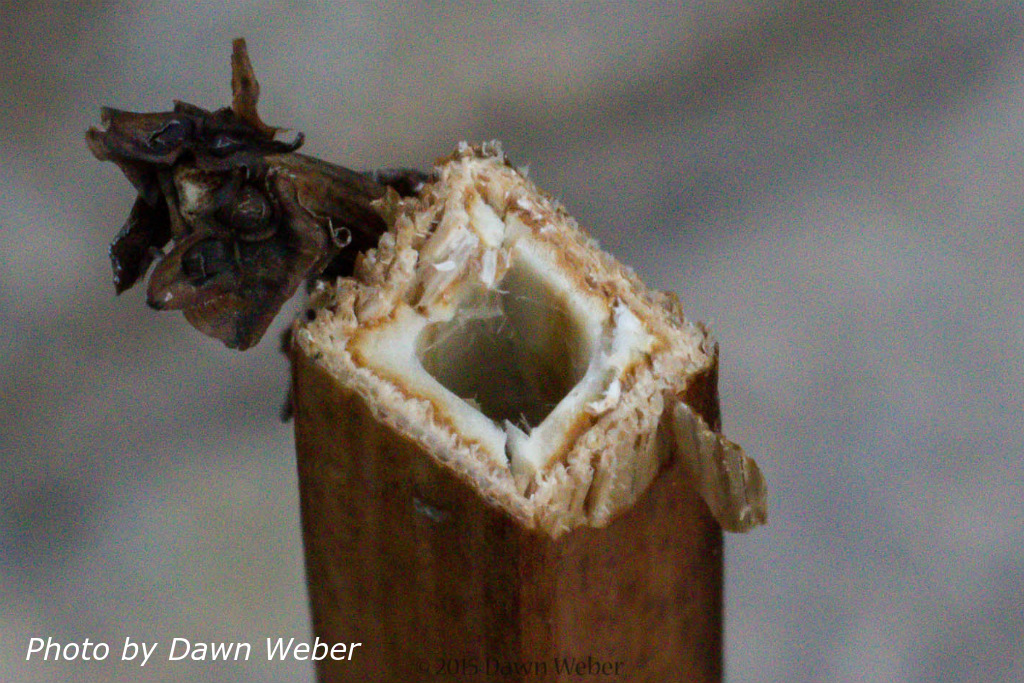The Bartrams in My Backyard – Lecture

John Bartram and his son William explored the American Colonies from New England to Florida in the 1700’s discovering and collecting native plants, cultivating them on their farm near Philadelphia and selling them to clients in England. A self-educated man, John was made “Botanist to the King” and William’s keen…





